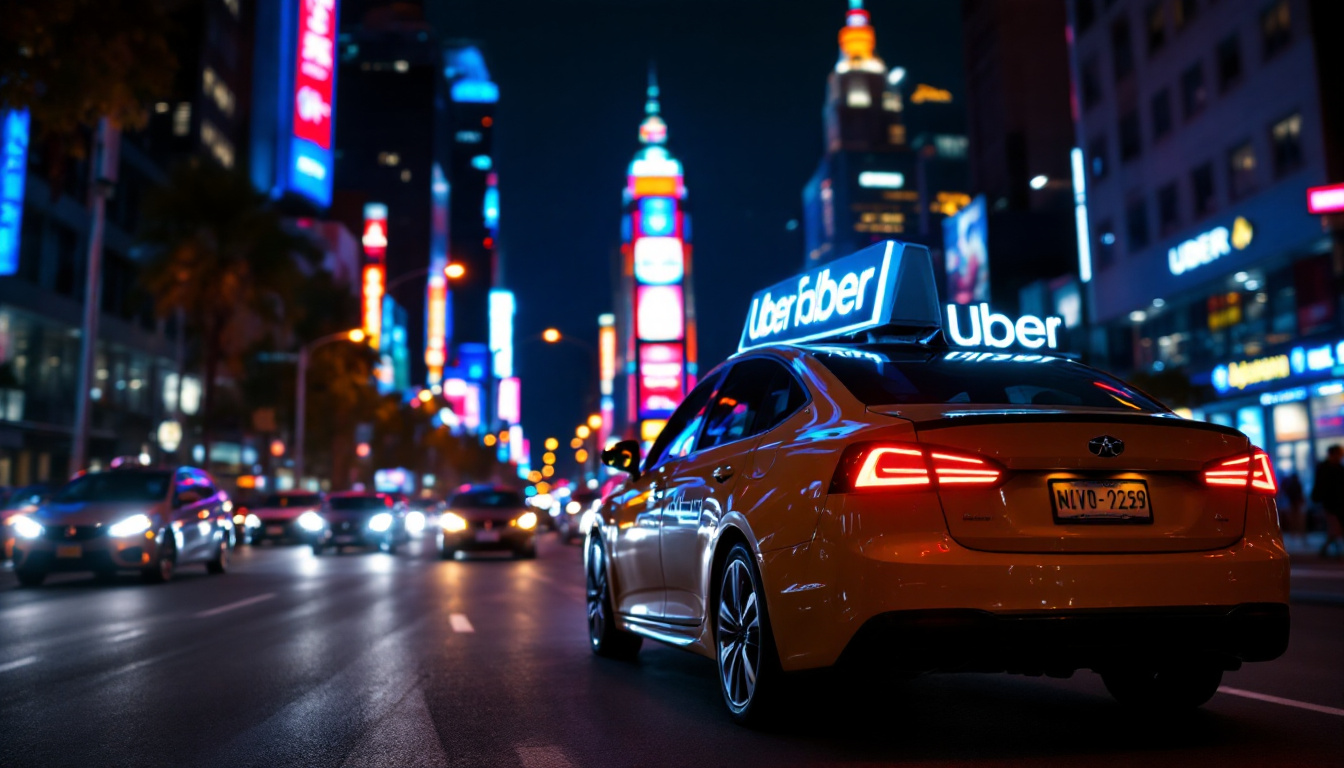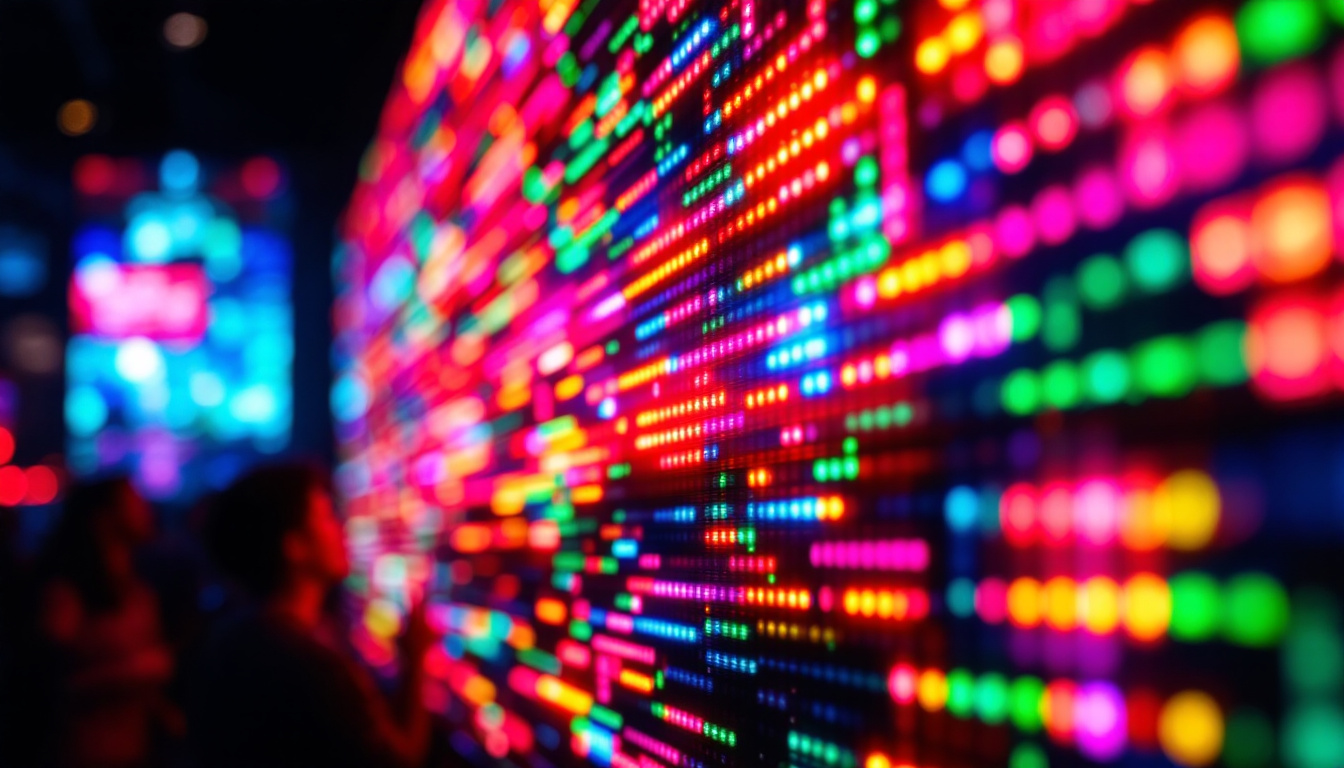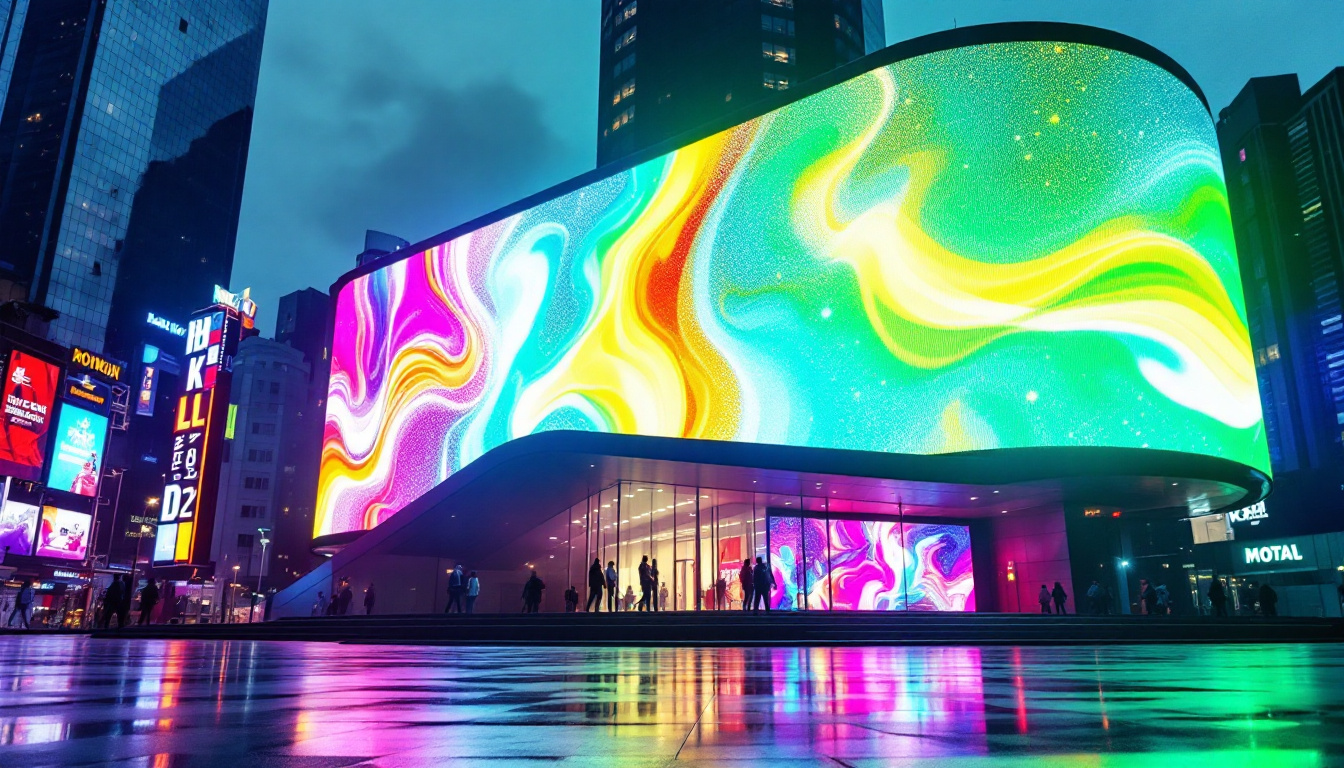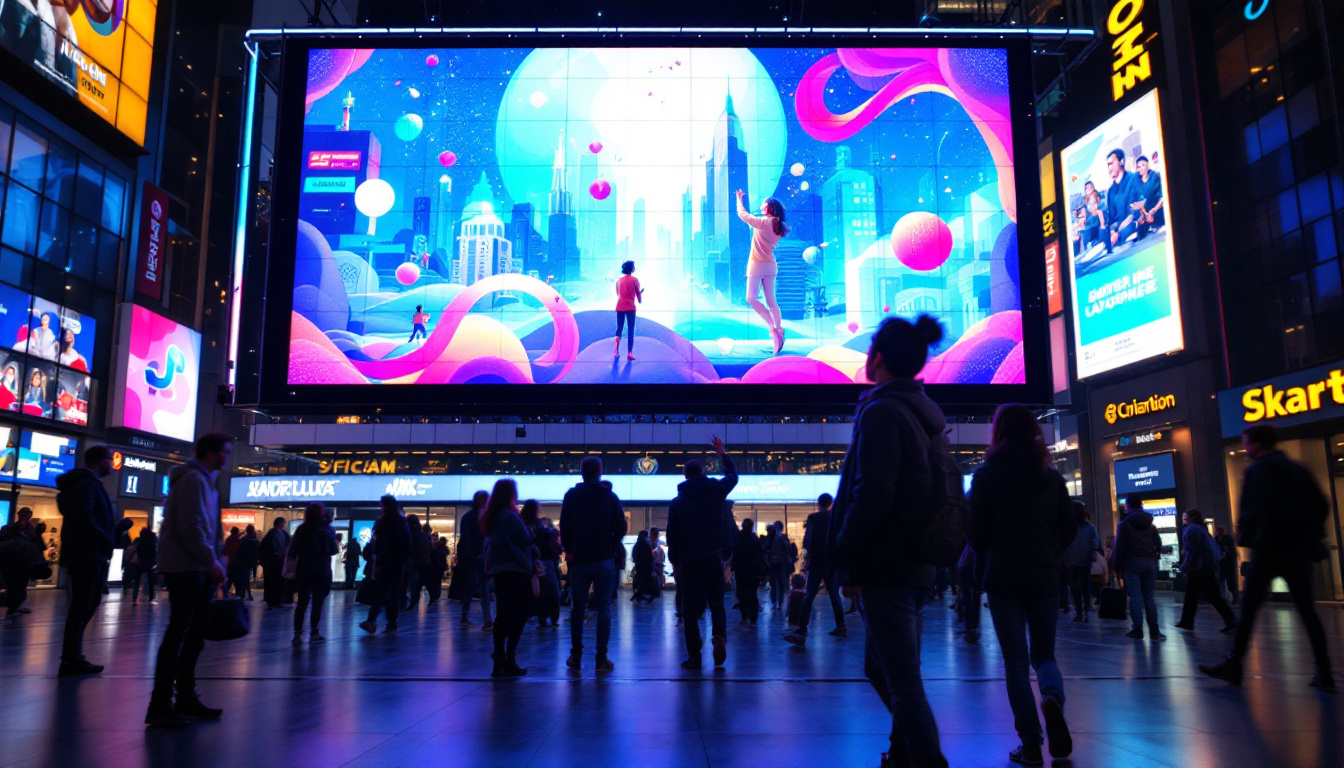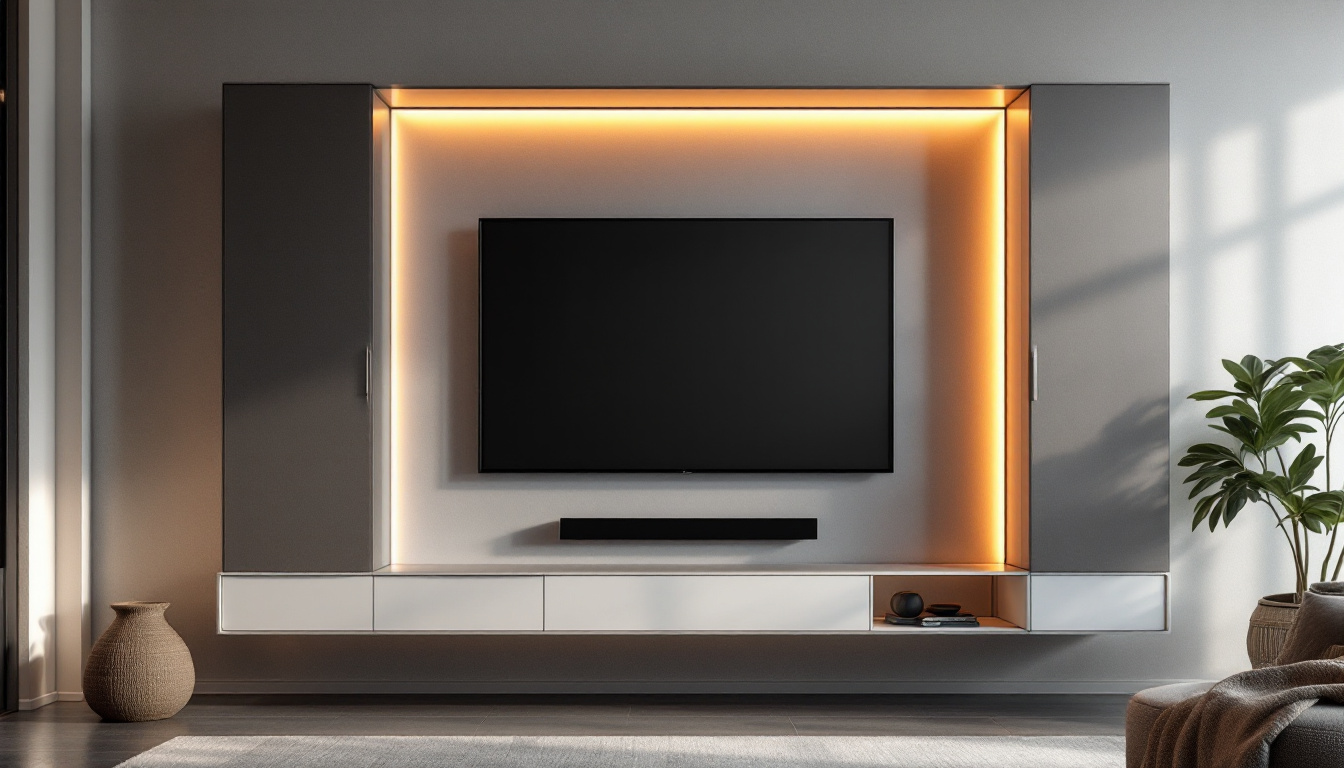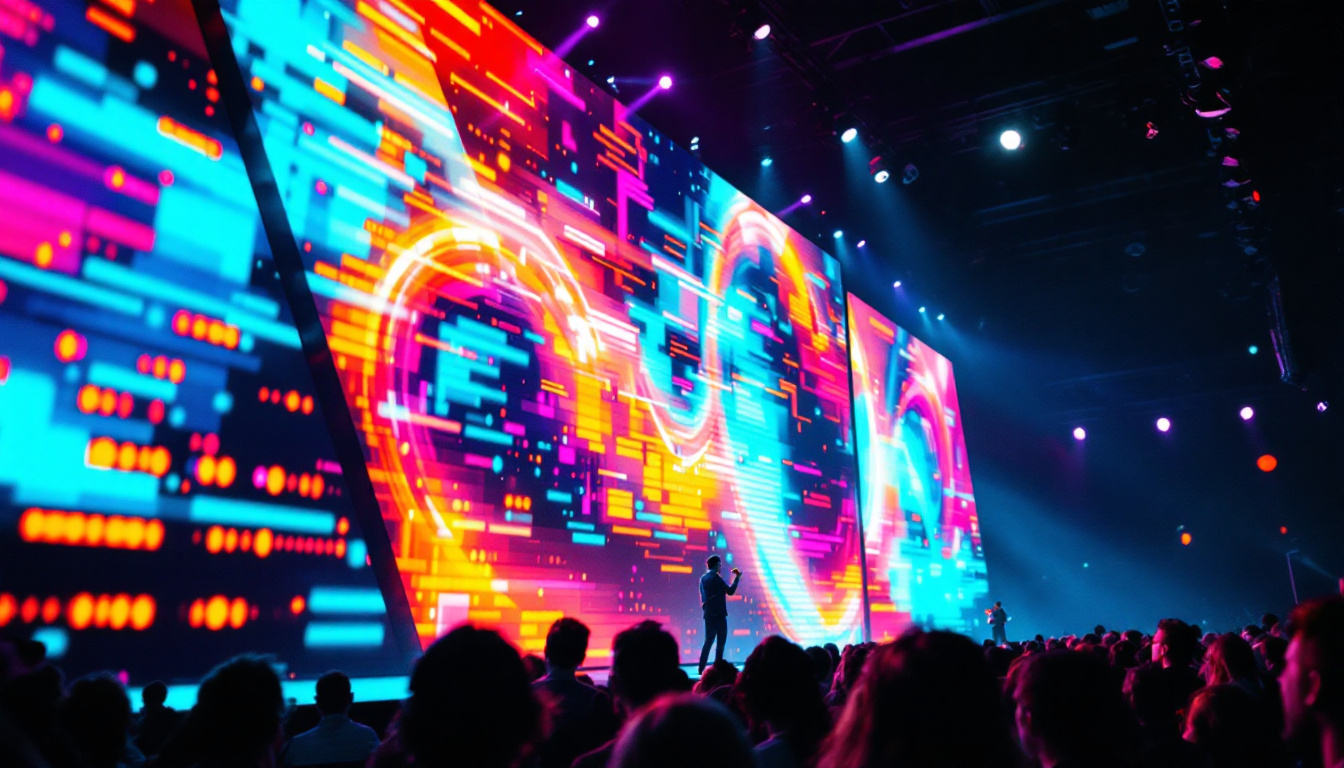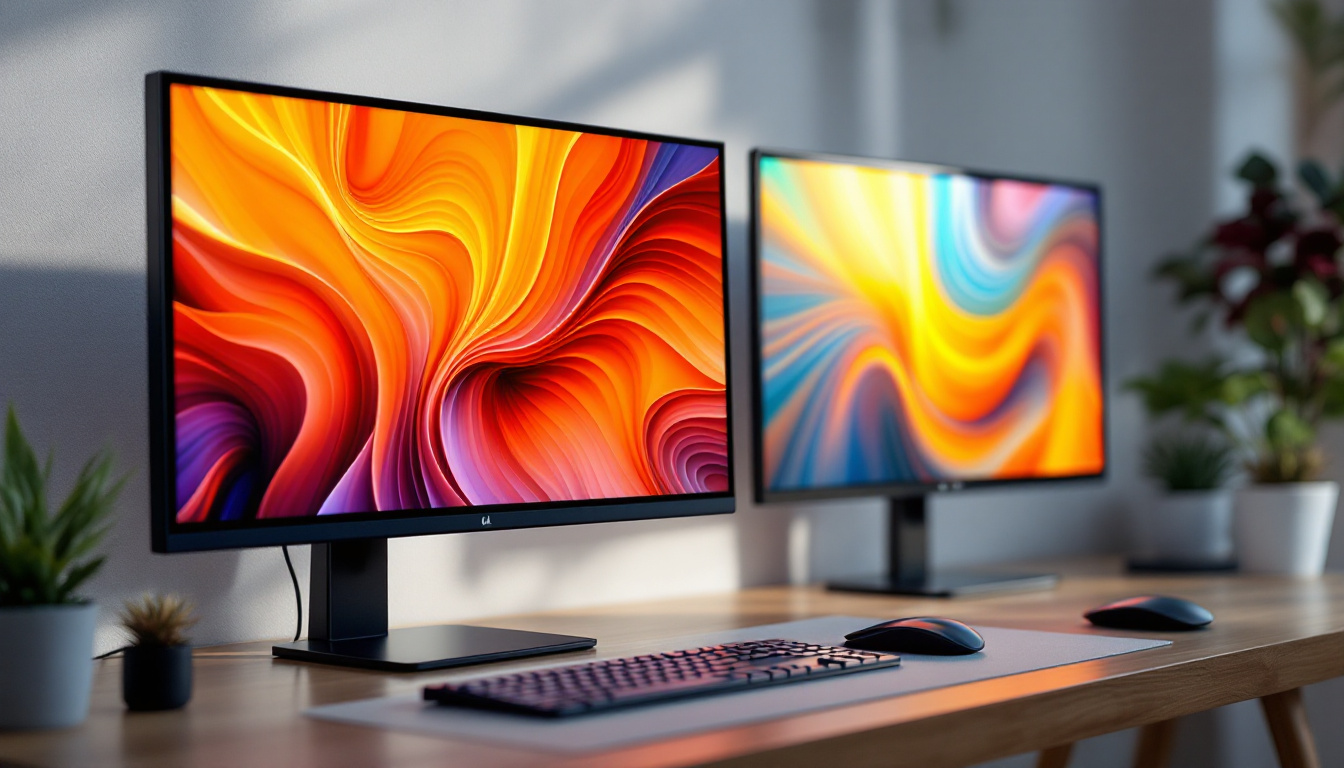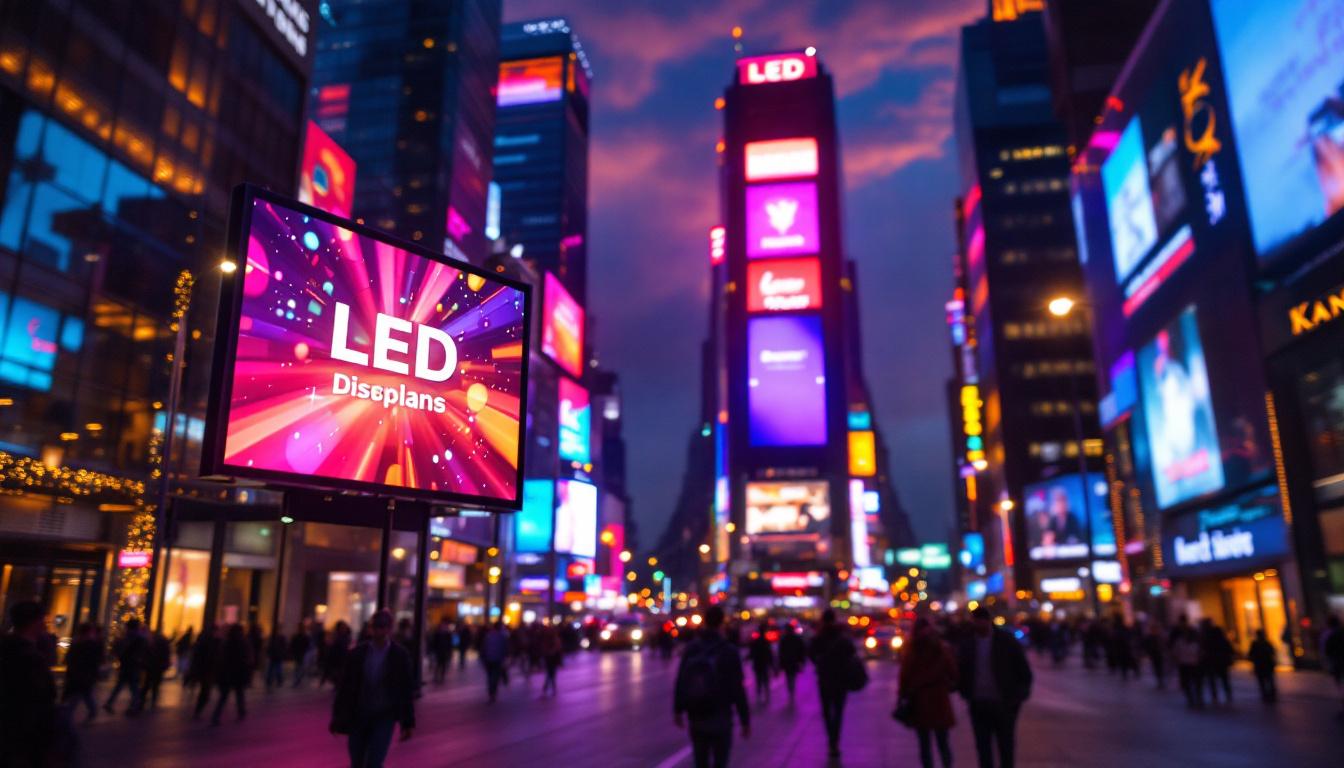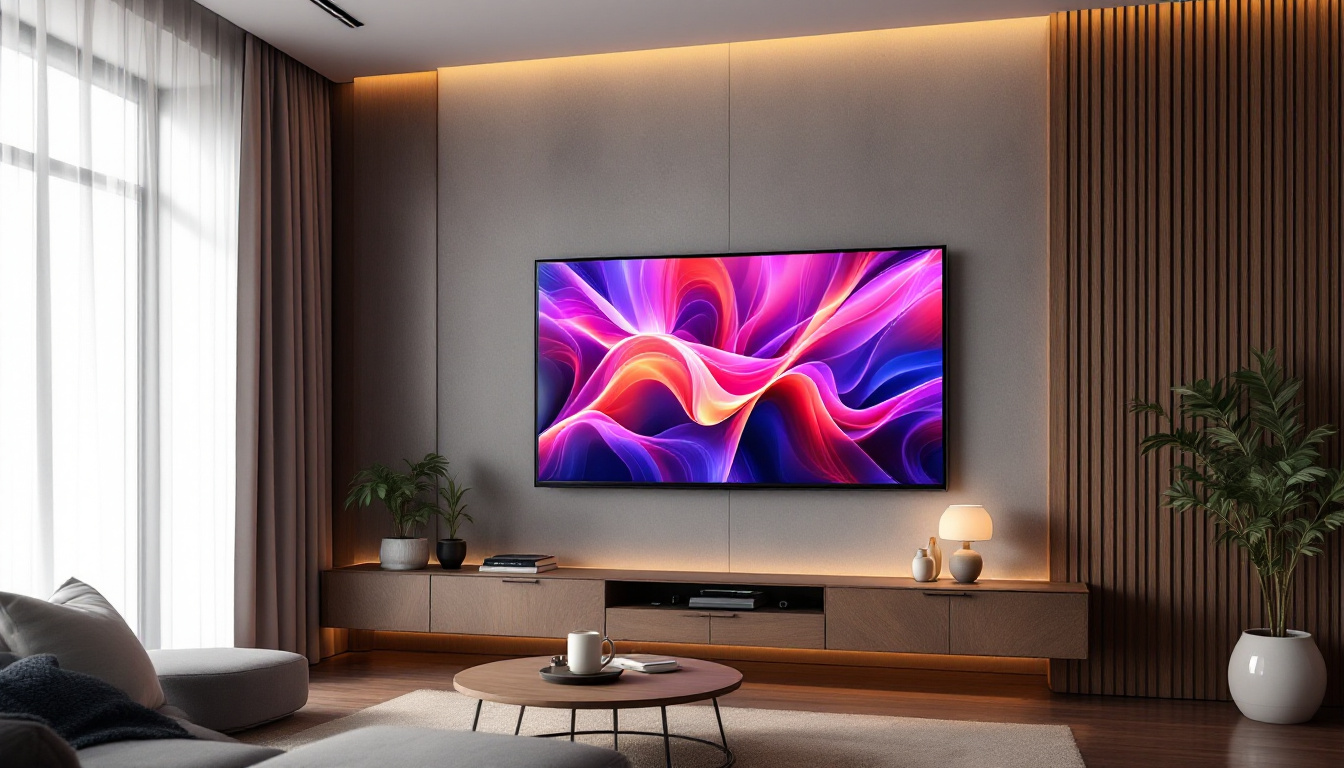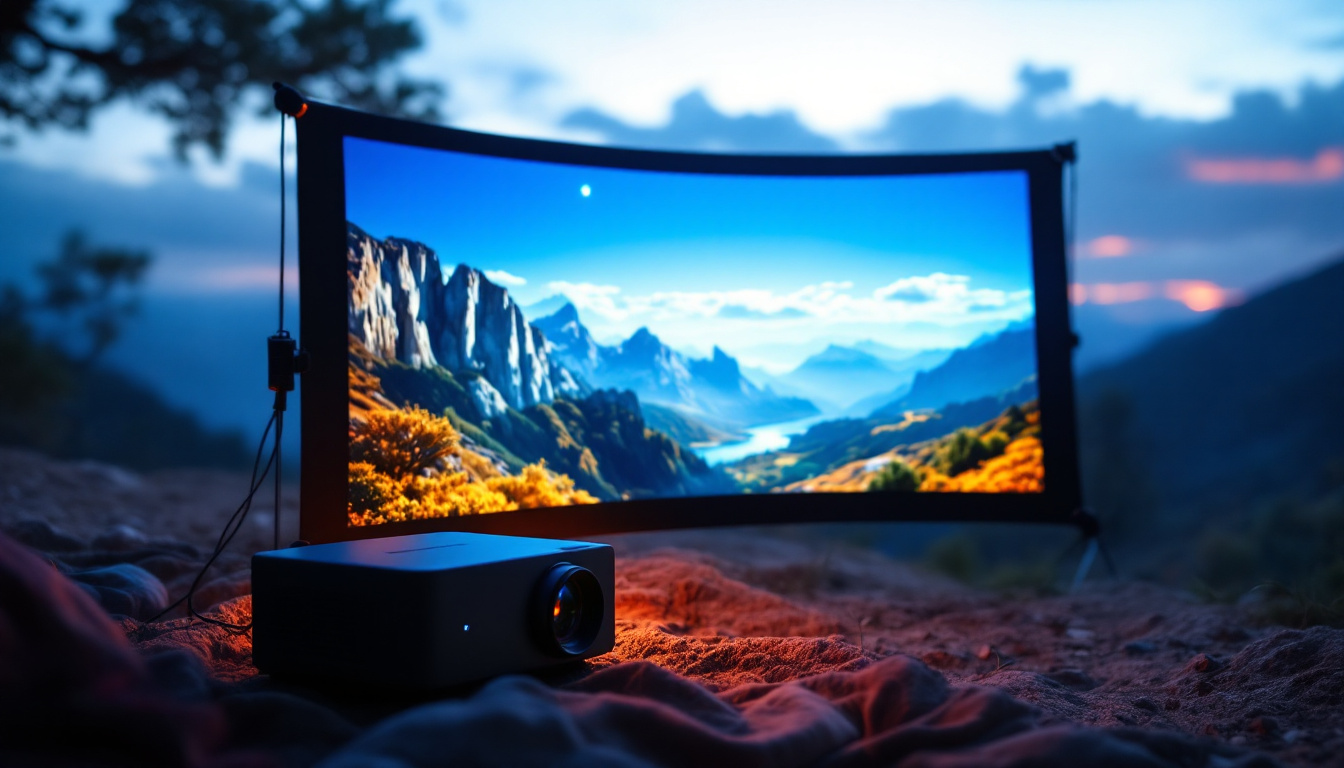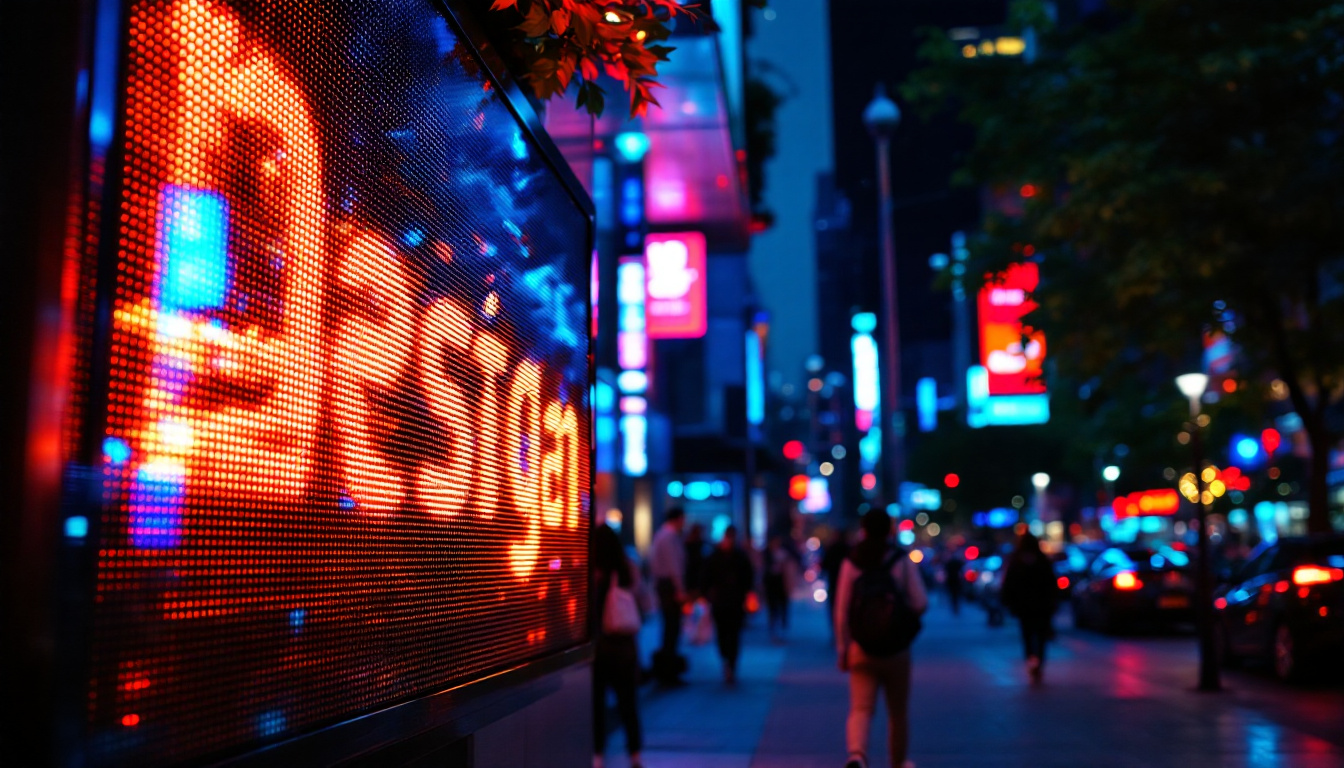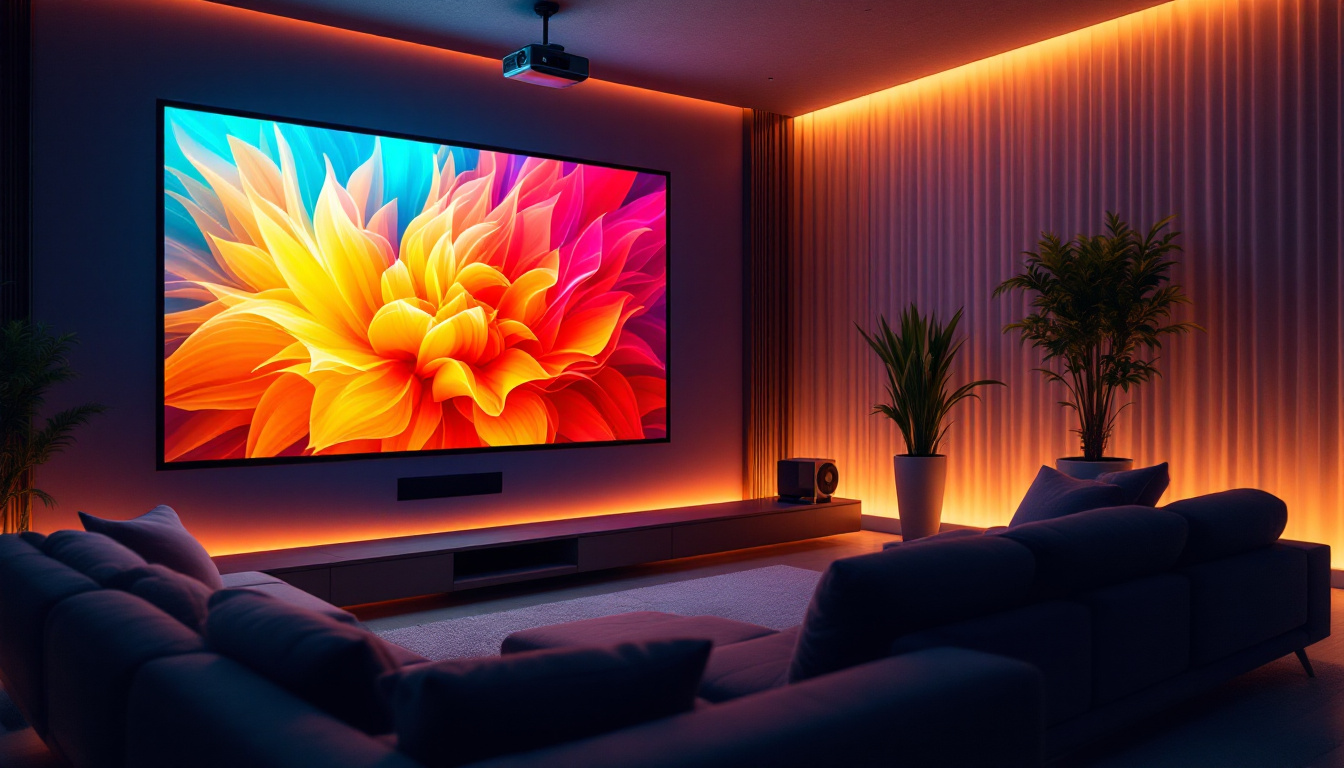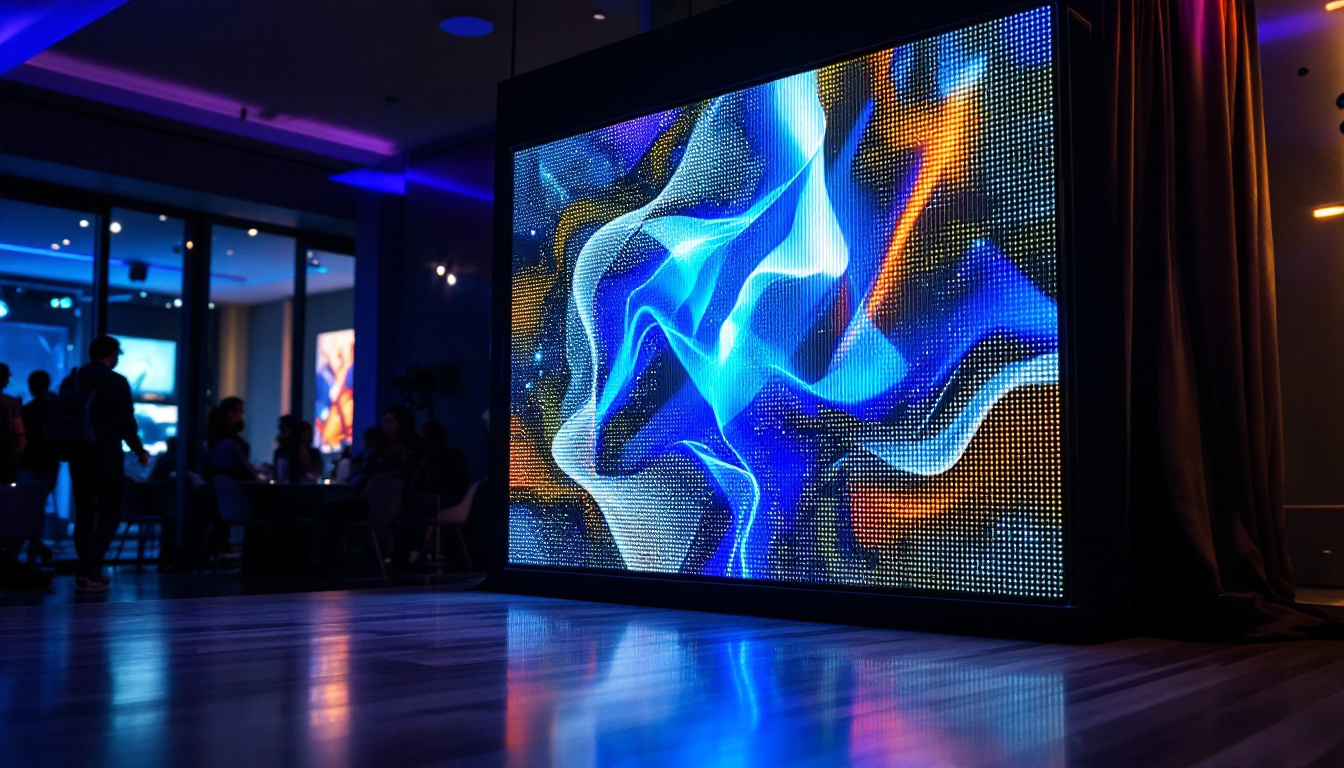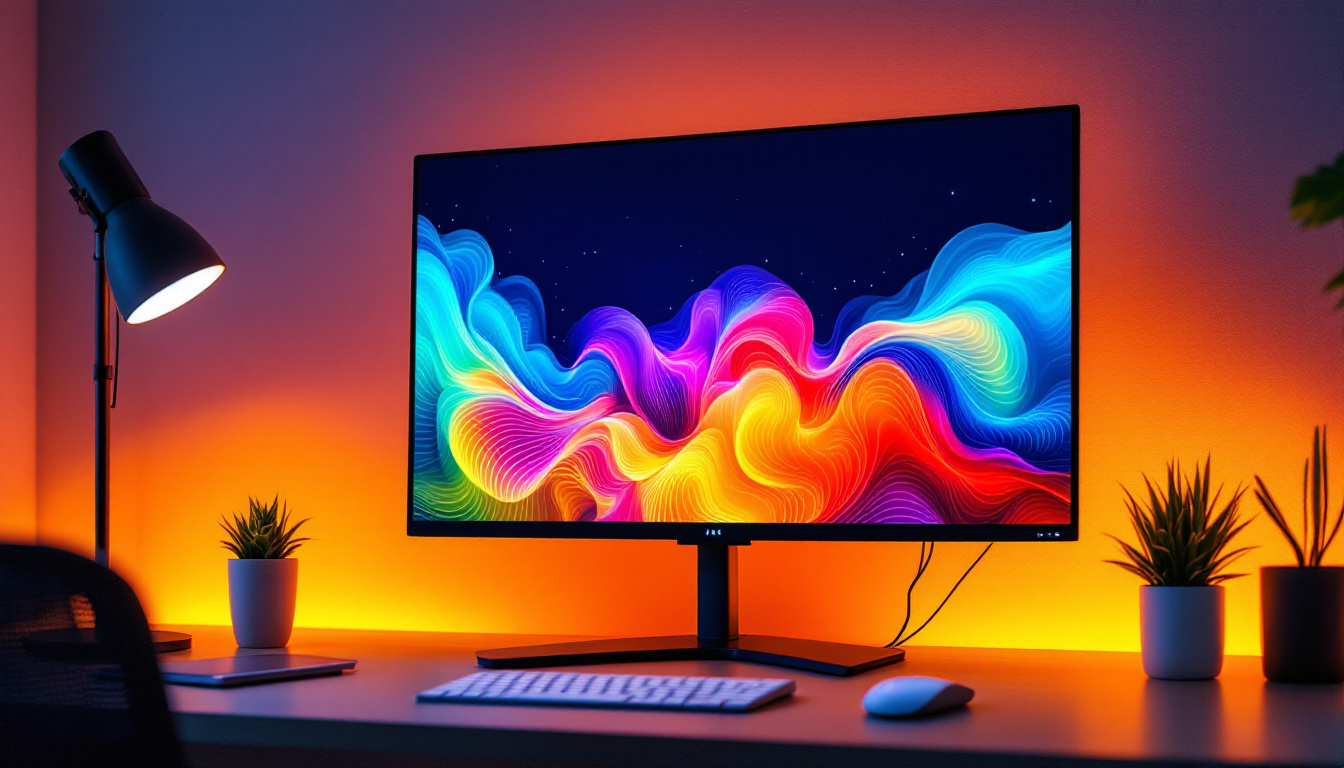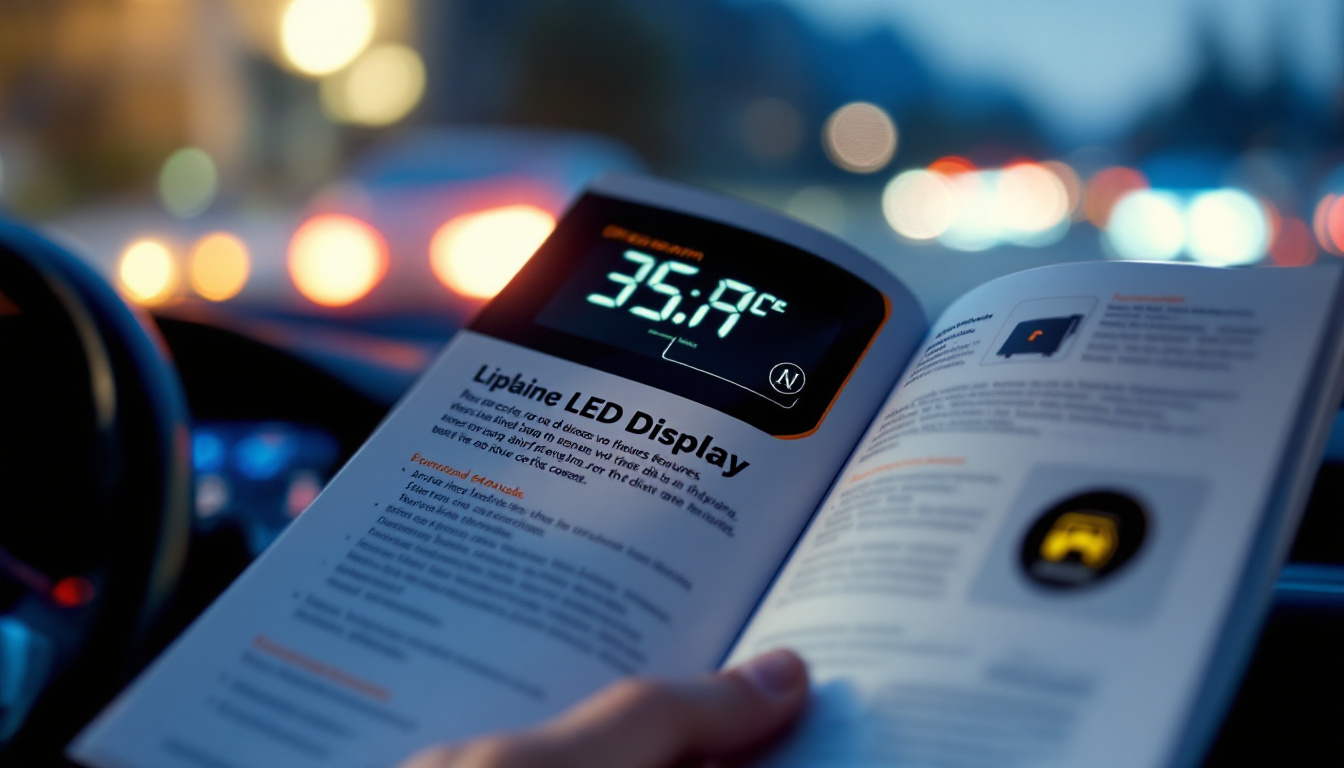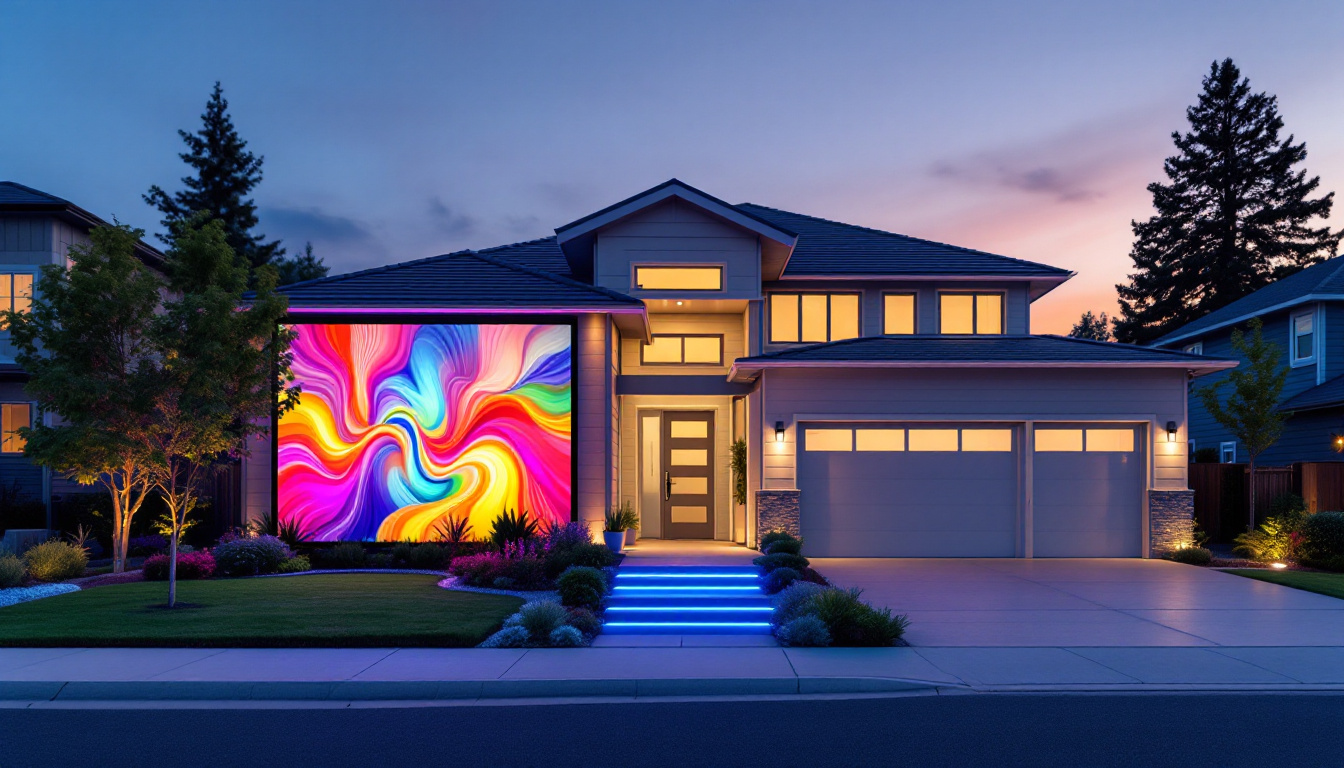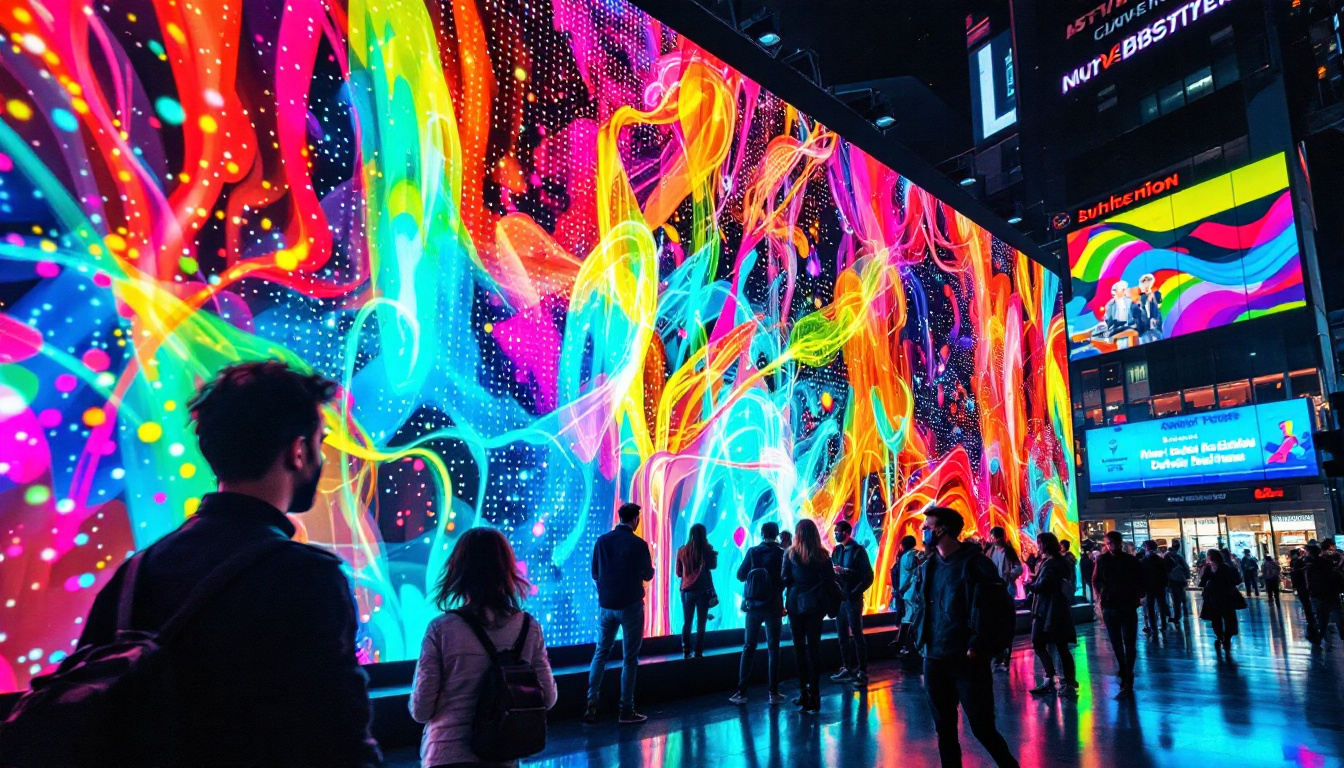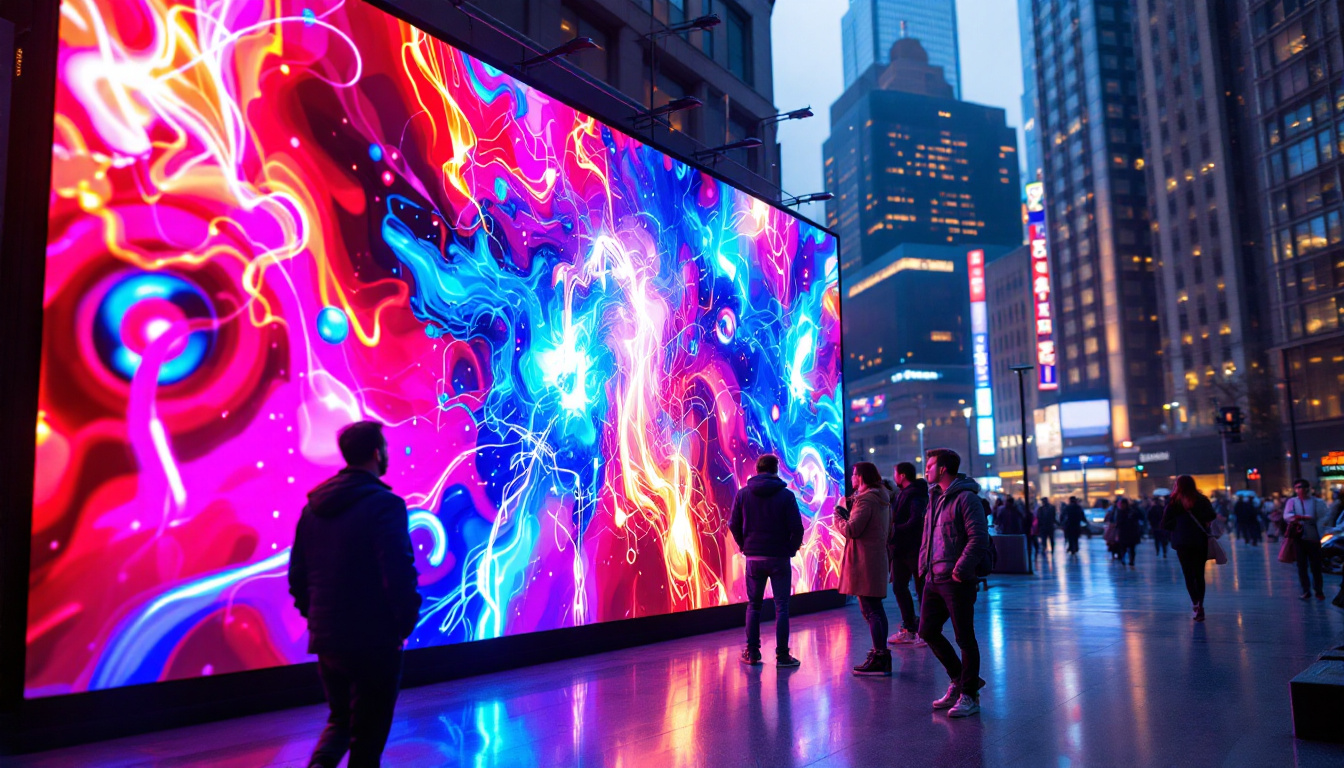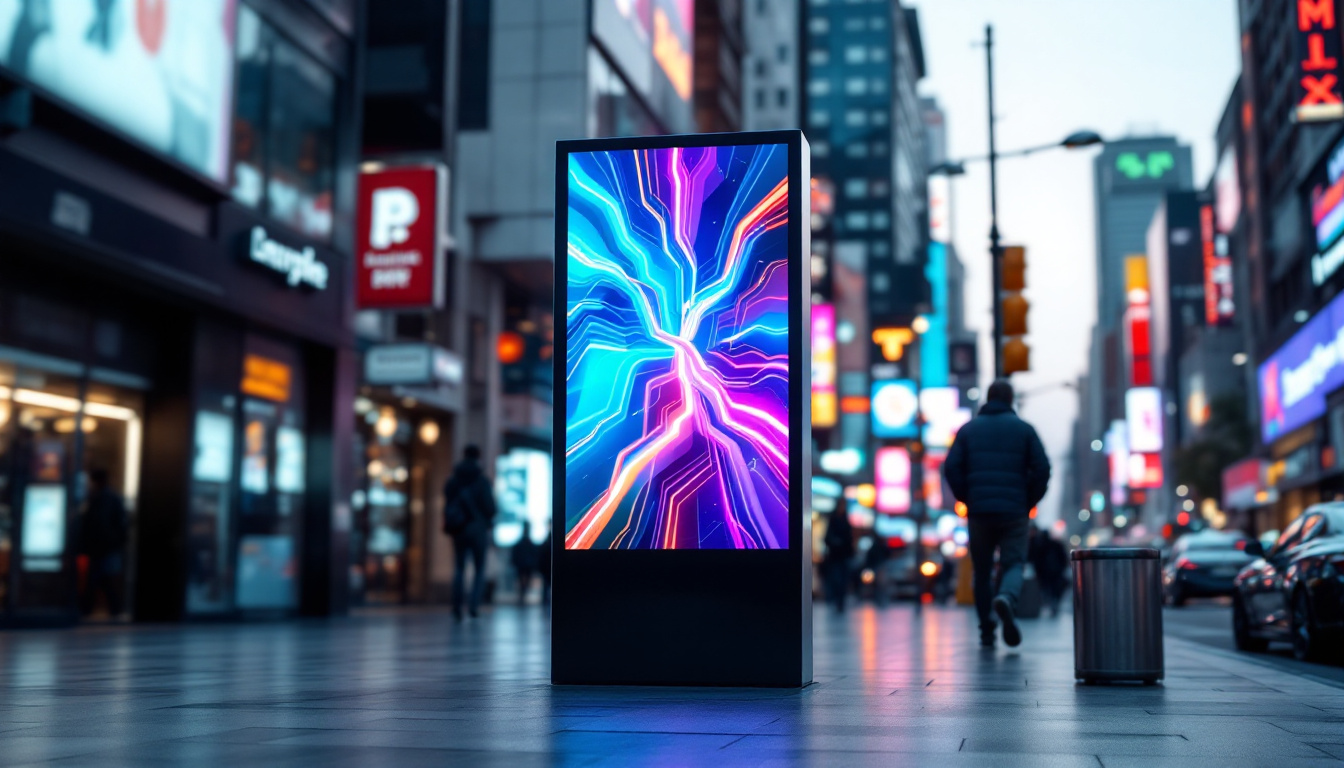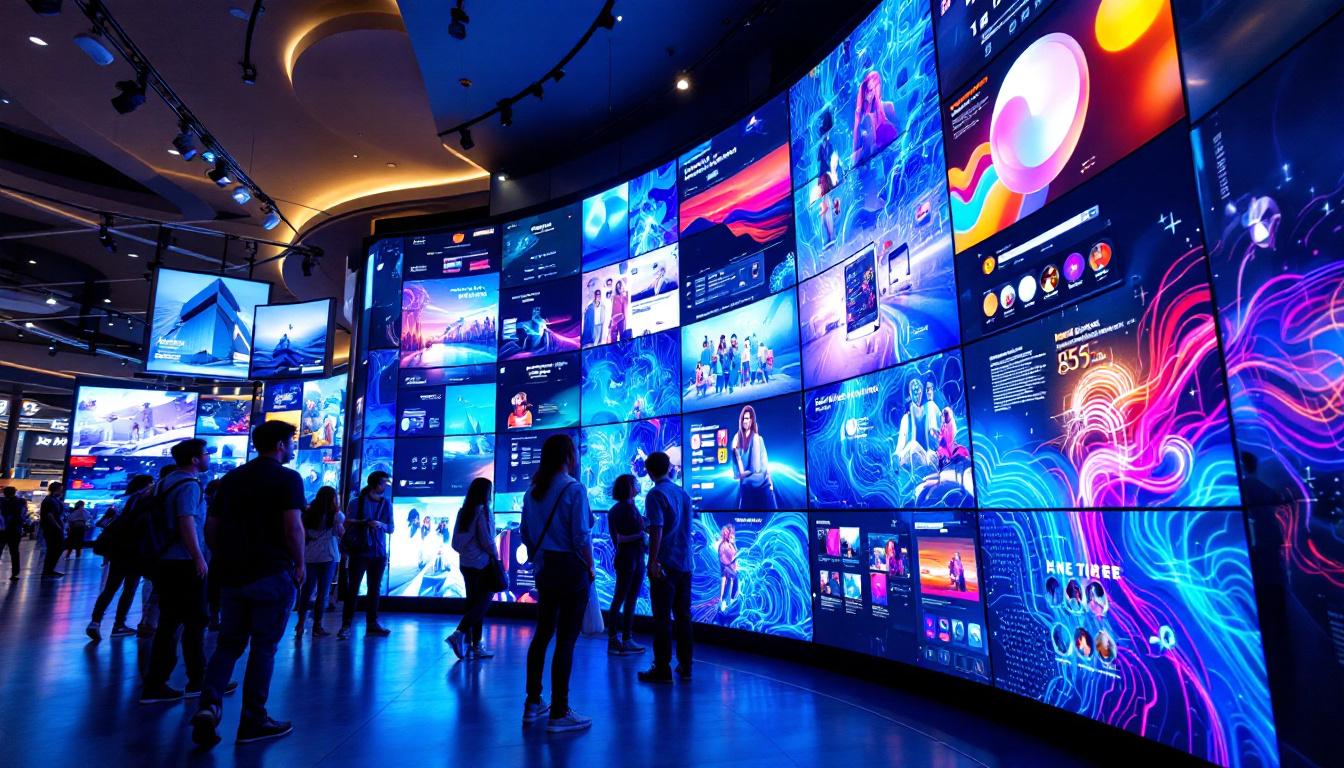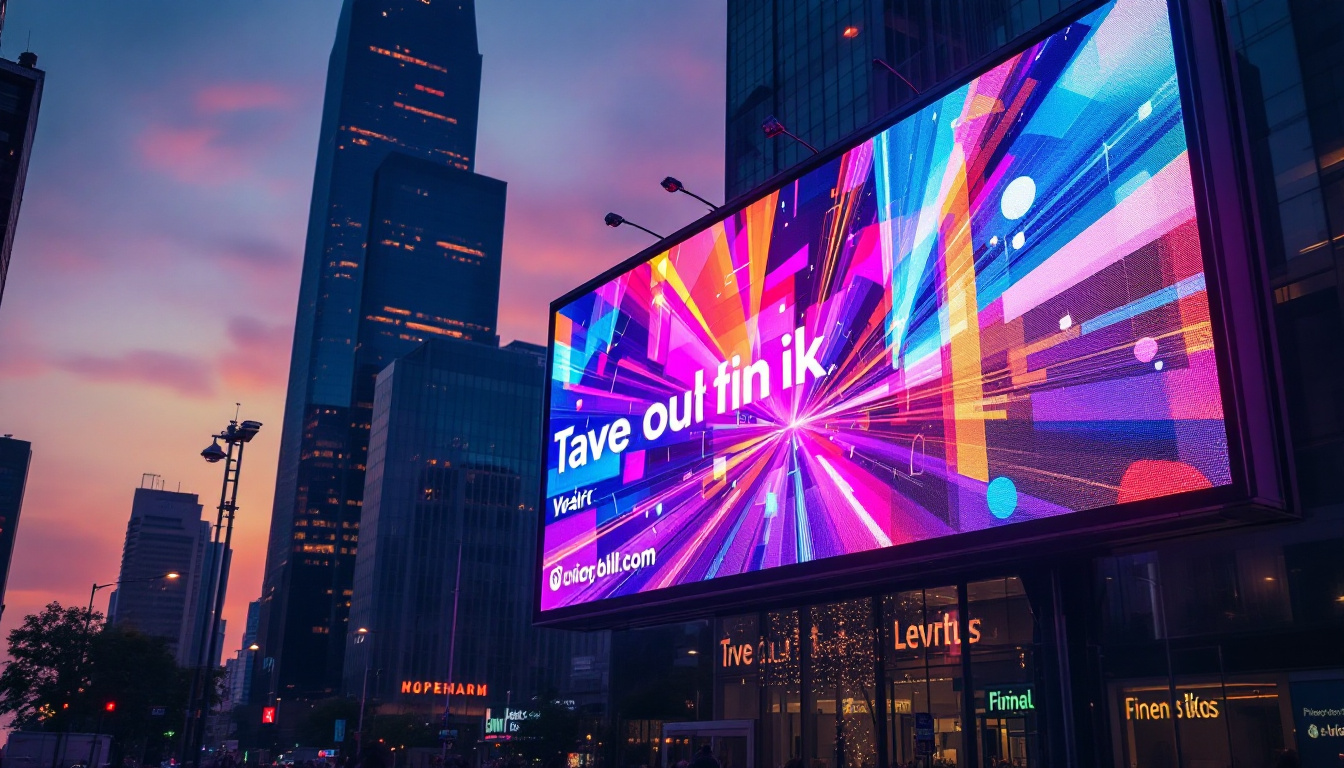In the fast-paced world of transportation and logistics, effective communication is crucial. One of the most innovative ways to convey information is through LED displays, particularly for rideshare companies like Uber. This article delves into the significance of Uber LED signs, exploring their technology, benefits, and applications.
Understanding LED Technology
Light Emitting Diodes (LEDs) have revolutionized the way information is displayed. Unlike traditional light sources, LEDs are energy-efficient, long-lasting, and versatile. They emit light when an electric current passes through a semiconductor material, resulting in a bright and vibrant display.
How LEDs Work
At the core of LED technology is the principle of electroluminescence. When electrons recombine with holes in the semiconductor, energy is released in the form of light. This process allows for a wide range of colors and brightness levels, making LEDs ideal for dynamic displays.
LEDs are typically arranged in a matrix format, allowing for the creation of images, text, and animations. This matrix can be scaled to various sizes, making it suitable for everything from small signs to large billboards. The flexibility of LED technology also enables the development of innovative applications, such as flexible LED screens that can be bent or shaped to fit unique spaces, enhancing the possibilities for advertising and artistic displays.
Types of LED Displays
There are several types of LED displays, each serving different purposes. Common types include:
- Single Color Displays: Simple and cost-effective, these displays are often used for basic information like prices or directions.
- Full Color Displays: These are capable of displaying a wide range of colors and are ideal for advertising and dynamic content.
- Indoor vs. Outdoor Displays: Outdoor displays are designed to withstand weather conditions, while indoor displays focus on clarity and brightness.
In addition to these common types, there are specialized LED displays, such as transparent LED screens that allow for visibility through the display itself, making them perfect for storefronts. Furthermore, advancements in technology have led to the development of microLED displays, which offer superior resolution and color accuracy by using tiny individual LEDs to create images. This innovation is paving the way for next-generation displays in consumer electronics, such as televisions and smartphones, where picture quality is paramount.
Moreover, the integration of smart technology with LED displays has opened up new avenues for interactivity. Touch-sensitive LED panels and displays that can connect to the internet allow for real-time updates and user engagement, making them increasingly popular in retail environments and public spaces. As the demand for visually captivating and interactive content grows, LED technology continues to evolve, promising even more exciting developments in the future.
The Role of LED Signs in Ridesharing
In the context of ridesharing, LED signs play a pivotal role in enhancing communication between drivers and passengers. They serve as a visual identifier, making it easier for riders to locate their drivers in crowded areas.
Enhancing Visibility
One of the primary advantages of LED signs is their visibility. In busy urban environments, where competition for attention is fierce, a bright and well-designed LED sign can stand out. This visibility is crucial for drivers who need to quickly and efficiently connect with their passengers.
Moreover, LED signs can be programmed to display important information, such as the driver’s name, vehicle details, or even promotional messages. This not only aids in identification but also enhances the overall customer experience. The use of vibrant colors and dynamic animations can draw the eye of potential riders, making it easier for them to spot their driver amidst a sea of vehicles. Additionally, the brightness of LED signs ensures that they remain visible even in low-light conditions, such as during nighttime or in poorly lit areas, further improving the likelihood of a successful pick-up.
Dynamic Messaging
Unlike static signs, LED displays can change messages in real-time. This feature is particularly beneficial for rideshare drivers who may want to communicate different information based on the context. For example, during peak hours, a driver might display a message indicating they are available for rides, while during downtime, they could promote special offers or discounts.
This dynamic capability allows for a more personalized interaction with potential passengers, ultimately leading to increased ride requests and customer satisfaction. Furthermore, drivers can utilize LED signs to convey important safety messages, such as reminders for passengers to buckle up or to respect social distancing guidelines. This not only enhances the safety of the ride but also fosters a sense of trust and professionalism, as passengers can see that their driver is committed to providing a secure and pleasant experience. As ridesharing continues to evolve, the integration of LED technology is likely to become even more sophisticated, potentially incorporating features such as QR codes for easy payment or feedback collection, further bridging the gap between drivers and riders.
Benefits of Using LED Signs for Uber Drivers
Implementing LED signs brings a multitude of benefits for Uber drivers. These advantages extend beyond mere visibility, affecting various aspects of their operations.
Cost-Effectiveness
While the initial investment in LED technology may seem high, the long-term savings are significant. LEDs consume less power compared to traditional lighting, resulting in lower energy costs. Additionally, their durability means less frequent replacements, further reducing expenses.
Over time, the cost-effectiveness of LED signs can lead to increased profitability for drivers, making them a wise investment. Moreover, the ability to customize messages on LED signs allows drivers to advertise promotions or special services, potentially attracting more customers and increasing ride requests. This dynamic advertising capability can turn a one-time cost into a continuous revenue stream, enhancing the overall business model for drivers.
Improved Safety
Safety is a paramount concern for rideshare drivers. LED signs can enhance safety by making drivers more visible to other road users, particularly at night or in low-light conditions. This increased visibility can help prevent accidents and ensure a safer environment for both drivers and passengers.
Furthermore, clear communication through LED displays can reduce confusion during pick-up and drop-off, minimizing the risk of misunderstandings that could lead to dangerous situations. For instance, a bright, flashing sign indicating “Uber Here” can help passengers quickly identify their driver in crowded areas, reducing the time spent searching and the potential for unsafe situations. Additionally, LED signs can be programmed to display urgent safety messages or alerts, making them a versatile tool for enhancing overall road safety and driver awareness.
Challenges and Considerations
While the benefits of LED signs are substantial, there are challenges and considerations that drivers should keep in mind. Understanding these factors can help in making informed decisions regarding the use of LED technology.
Regulatory Compliance
Different regions have varying regulations concerning the use of LED signs on vehicles. It is essential for drivers to familiarize themselves with local laws to ensure compliance. Failure to adhere to these regulations can result in fines or penalties, negating the advantages of using LED technology.
Additionally, some areas may have restrictions on the brightness or type of content displayed, which can affect how effectively the signs communicate information.
Maintenance and Upkeep
LED signs require regular maintenance to ensure optimal performance. Dust, dirt, and weather conditions can impact visibility, necessitating routine cleaning and checks. Drivers should factor in the time and effort required for maintenance when considering the use of LED displays.
Moreover, as technology evolves, keeping up with advancements in LED technology may require occasional upgrades or replacements, which can add to long-term costs.
Future Trends in LED Displays for Ridesharing
The landscape of ridesharing is continuously evolving, and so too are the technologies that support it. LED displays are no exception, with several trends emerging that could shape their future use.
Integration with Mobile Technology
As smartphones become increasingly integral to the ridesharing experience, the potential for integration between mobile technology and LED displays is significant. Imagine a scenario where a passenger can send a request to a driver’s LED sign, displaying their name and destination. This level of integration could streamline the pick-up process, making it even more efficient.
Furthermore, mobile applications could allow drivers to customize their LED displays in real-time, adjusting messages based on passenger preferences or current promotions.
Smart City Initiatives
With the rise of smart city initiatives, LED displays are likely to play a larger role in urban transportation. These initiatives focus on leveraging technology to improve the efficiency and sustainability of city services.
As cities adopt smart infrastructure, LED signs could be integrated with traffic management systems, providing real-time updates on ride availability, traffic conditions, and even public transportation schedules. This interconnectedness could enhance the overall efficiency of urban mobility.
Conclusion
Uber LED signs represent a significant advancement in the way rideshare drivers communicate with passengers. Their vibrant displays, dynamic messaging capabilities, and energy efficiency make them an attractive option for enhancing visibility and safety on the road.
While there are challenges to consider, such as regulatory compliance and maintenance, the benefits often outweigh the drawbacks. As technology continues to evolve, the future of LED displays in ridesharing looks promising, with potential integrations that could further streamline the passenger experience.
In a competitive market, leveraging innovative technologies like LED signs can provide drivers with a distinct advantage, ultimately leading to increased customer satisfaction and profitability. The journey of ridesharing is just beginning, and LED displays are set to play a pivotal role in shaping its future.
Illuminate Your Rideshare Experience with LumenMatrix
Ready to elevate your rideshare service with the vibrant and dynamic messaging of LED displays? Discover LumenMatrix’s innovative LED display solutions, designed to captivate your audience and enhance your brand’s visibility. From Indoor and Outdoor LED Wall Displays to Vehicle LED Displays tailored for ridesharing, our cutting-edge technology is crafted to create unforgettable visual experiences and communicate with clarity. Check out LumenMatrix LED Display Solutions today and transform the way you connect with passengers on the road.

